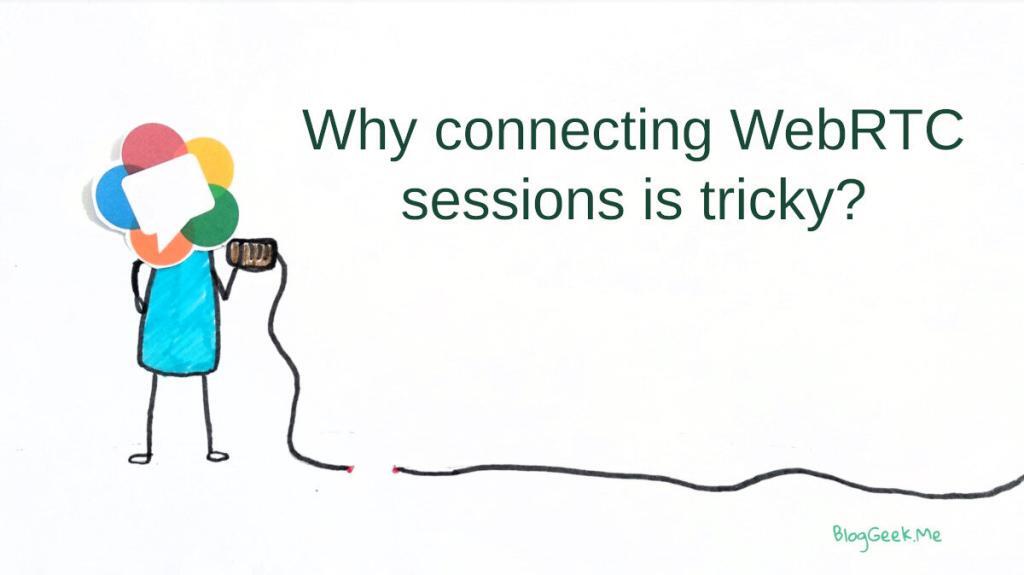Connecting WebRTC sessions effectively isn’t overly complicated, but it is something you need to be mindful of.

Every other day someone asks somewhere over the internet why his sessions don’t get connected with WebRTC. This can happen on discuss-webrtc, through my contact page, on open source WebRTC related forums, etc. Here’s one that published on Stack Overflow this month:
I am working on video calling functionality using webRTC. I have used “Google webRTC” framework instead of libJingle.Once my peerconnection established it remains always in “RTCICEConnectionChecking” state.
I have few question.
1) Peerconnection state always remain in “RTCICEConnectionChecking”.
2) When network is different (3g/4g) video call is not working.
3) Same network it is working fine.
I have used many turn server but could not get success.
Please, suggest me ,thanks in advance.
The usual complaint?
WebRTC works fine on a local network, but stops working when trying to run it on other networks.
That’s so common you’d think people would know what to do with it by now.
That nice question has another angle to it – “I have used many turn server but could not get success”. Hmm… someone here feels WebRTC should be free.
If you haven’t read about it already, then please do – Why Doesn’t Google Provide a Free TURN Server? It turns out that TURN costs real money to operate. And at scale even serious money. Which is why finding “turn server” and “get success” is rather hard (and probably impossible for the long run).
This continuous unstoppable flow of similar questions in the past couple of years got me to the point when it was time to put out a nice answer to it. Which is why I created my latest video mini-course – a 3 short videos that will explain how we got to this ridiculous point: being unable to connect simple use cases with WebRTC.
In these videos, I’ll be teaching you the problem that is causing this to happen, what are the mistakes developers usually do when trying to solve that problem (think “used many turn server”), and then 2 actionable solutions for you that will guarantee that more WebRTC sessions will get connected.
Why am I doing this?
First because I like receiving emails from people saying “thank you“ (so if you’ll find this course useful – be sure to reply with a thank you note).
But also because another round of office hours will take place soon for my WebRTC course. For this one, I am making a lot of changes in the structure of my WebRTC course and creating almost 3 additional hours worth of content.
Want to know how to get more WebRTC sessions connected?
